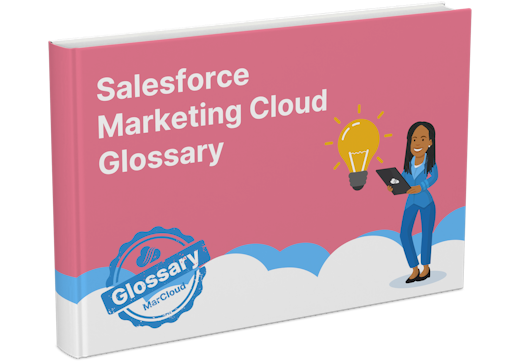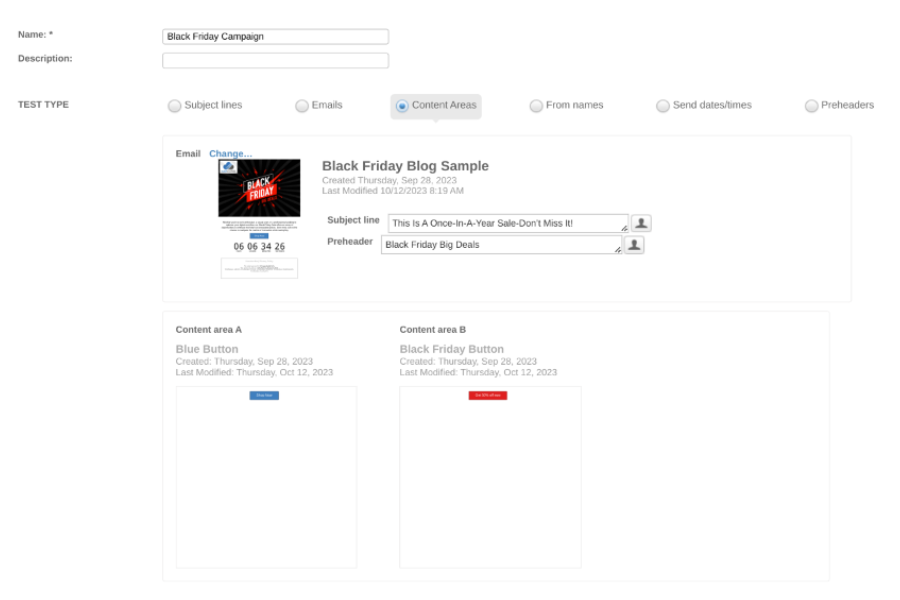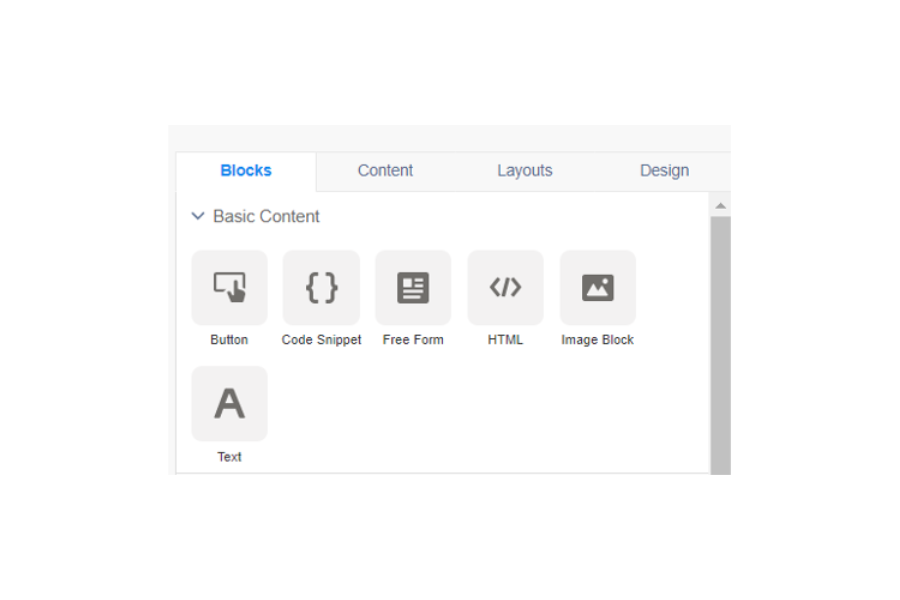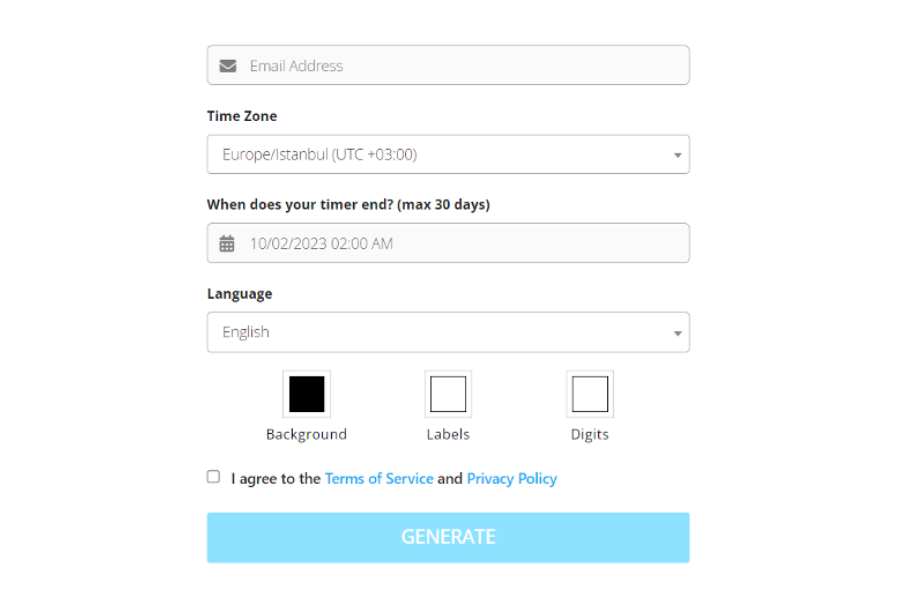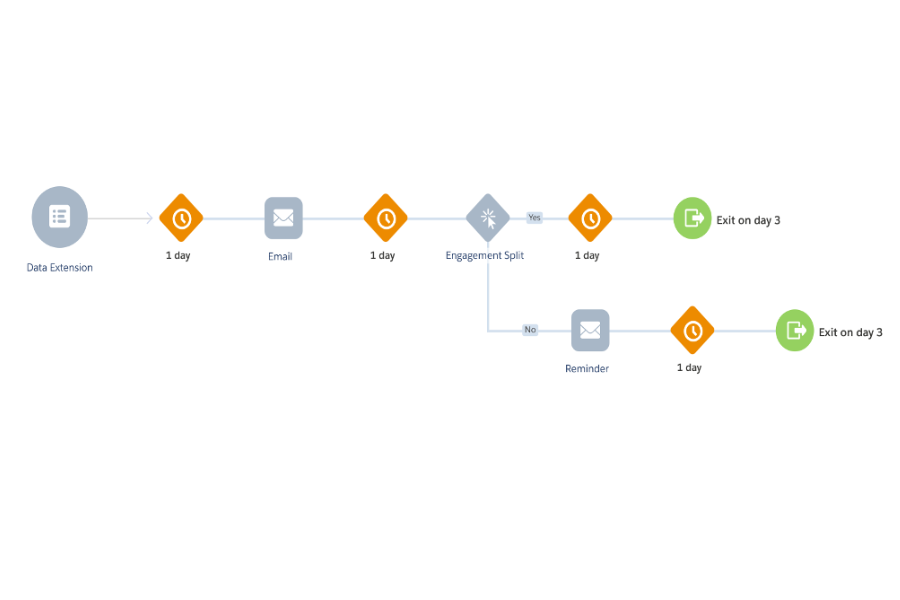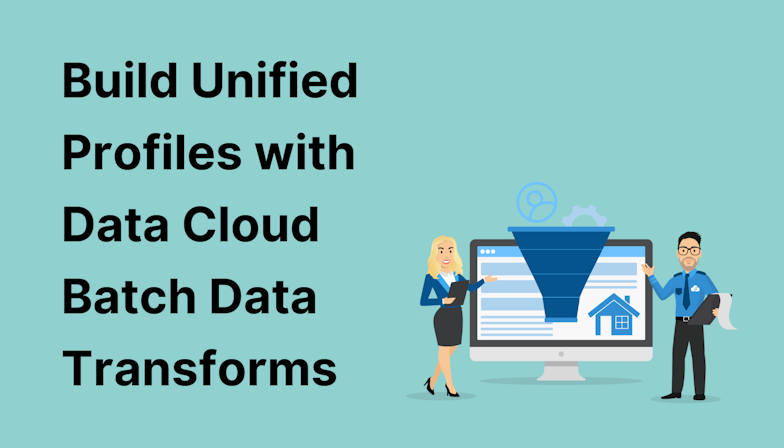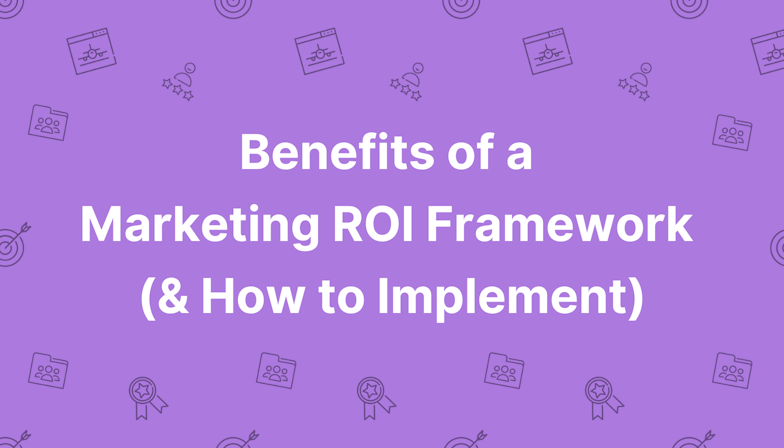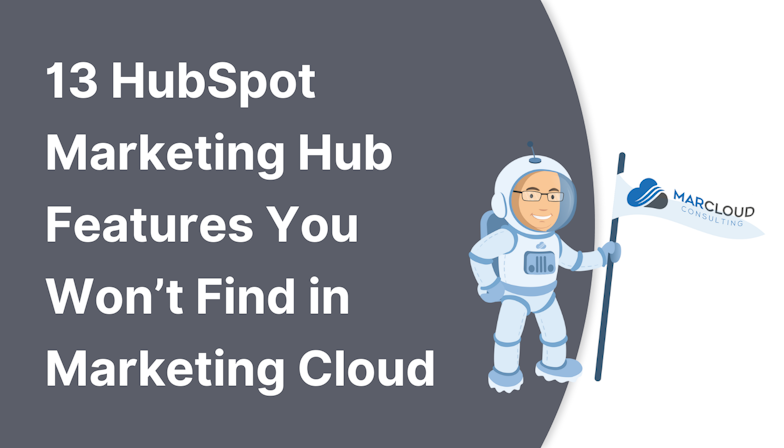Marketing Cloud Engagement has the capability for A/B testing on elements like subject lines, email content, and CTA buttons, all helping you to optimise email performance and ensure the best results.
It’s possible to do a test depending on these variables:
Subject line
Email from name
Content areas
Send dates
Preheaders
To A/B test on email content areas, the ‘A/B Testing’ content block must be used while creating the email in the Content Builder. The Audience should be chosen by selecting a Data Extension. Note that it is possible to make exclusions for your opt-outs during setup.
Naturally, how you decide your winner should be based on the most logical metric. If you are running an A/B test on banner images or buttons, it’s best to determine the winner by click-through rate. However, if you are doing a test on two different subject lines or preheaders, it only makes sense to determine the winner by open rate.
The ‘Send Management’ step of the A/B testing process allows you to send immediately or schedule for later, so you can be prepared well ahead of time.

